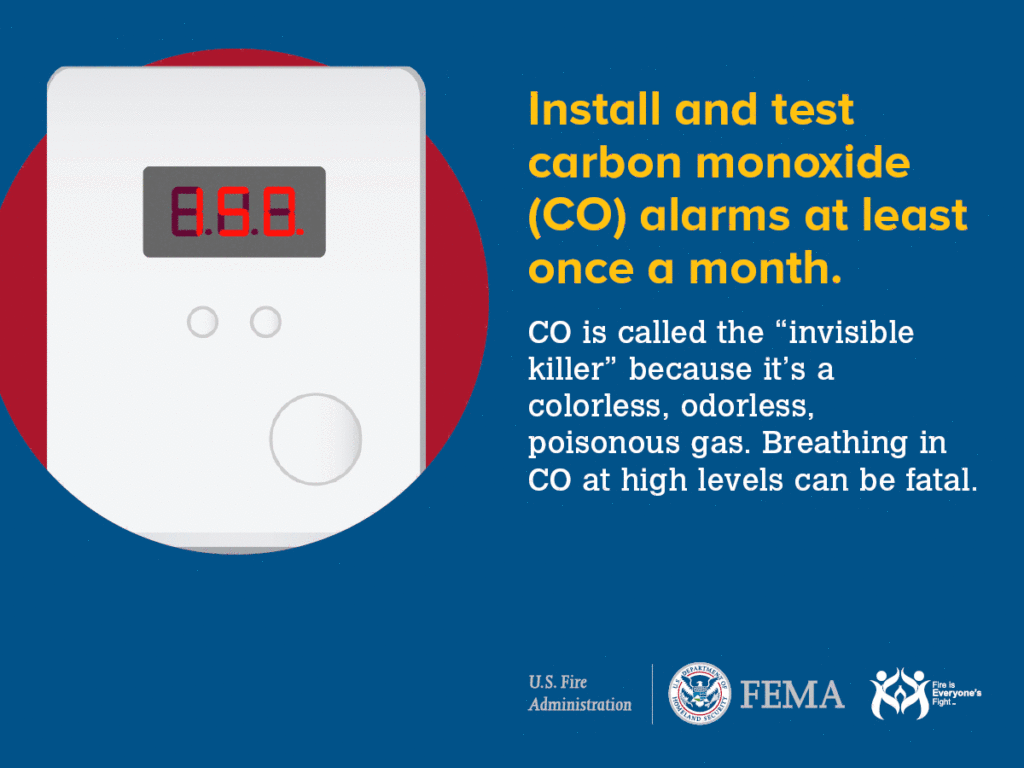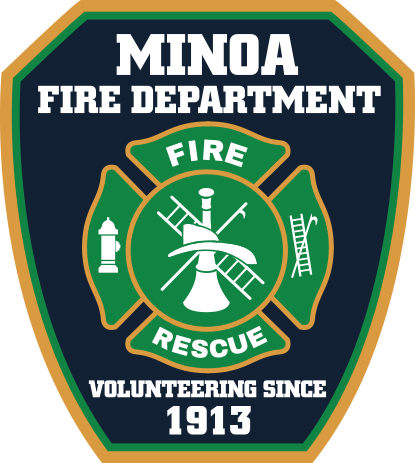Carbon Monoxide Safety
Often called the invisible killer
Carbon monoxide is an odorless and colorless gas that is created when fuels such as gasoline, wood, coal, natural gas, propane, oil, and methane burn incompletely. In the home, heating and cooking equipment that burn fuel are potential sources of carbon monoxide. Vehicles or generators running in an attached garage can also produce dangerous levels of carbon monoxide.
Carbon Monoxide Facts
- Infants, pregnant women, and people with physical conditions that limit their body’s ability to use oxygen (such as emphysema, asthma, heart disease) can be more severely affected by lower concentrations of CO than healthy adults.
- A person can be poisoned by a small amount of CO over a long period of time or by a large amount of CO over a short amount of time.
- In the U.S. fire departments respond to tens of thousands of non-fire CO incidents each year in which carbon monoxide was found.
Symptoms of Carbon Monoxide Poisoning
Because CO is odorless, colorless, and otherwise undetectable to the human senses, people may not know that they are being exposed. The initial symptoms of low to moderate CO poisoning are similar to the flu (but without the fever). They include:
- Headache
- Fatigue
- Shortness of breath
- Nausea
- Dizziness.
Quick Tips on Carbon Monoxide Safety
Share these graphics with your family and friends! We encourage you to print these and also share on social media.
Source for Content: National Fire Protection Association and U.S. Fire Administration



